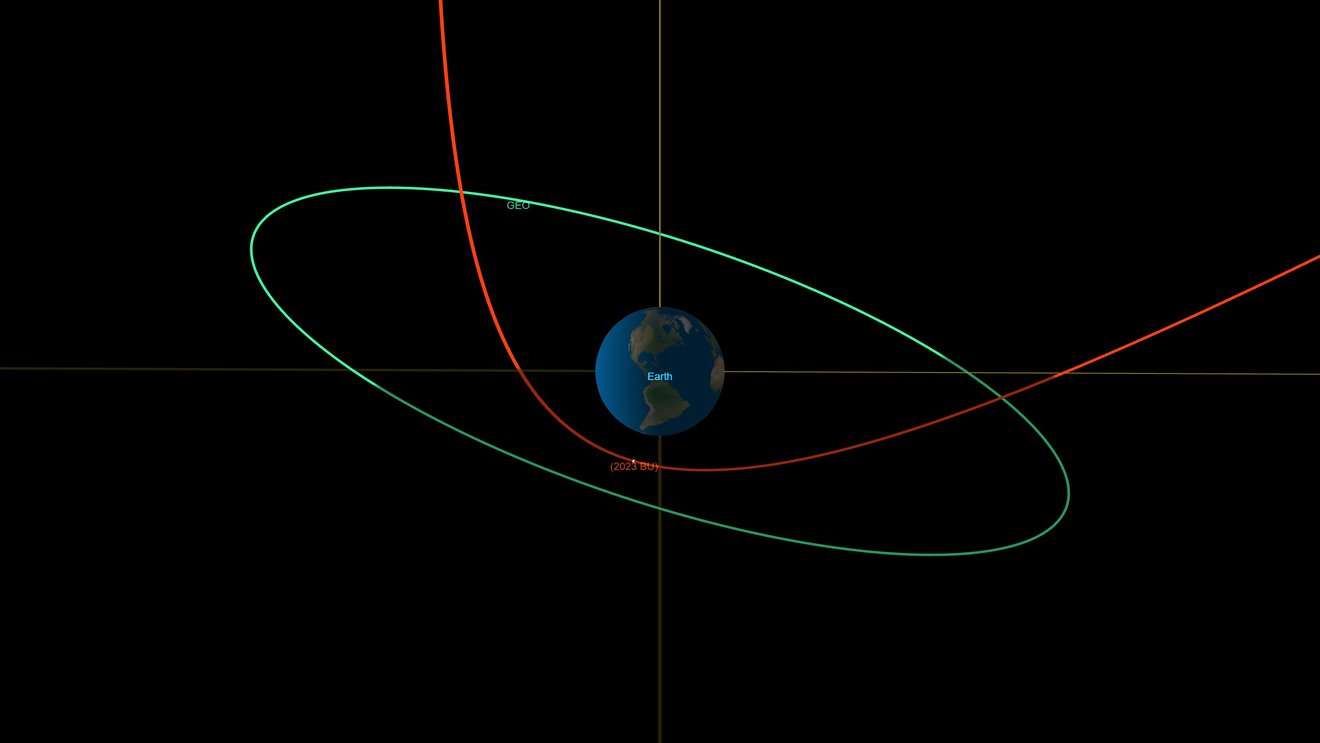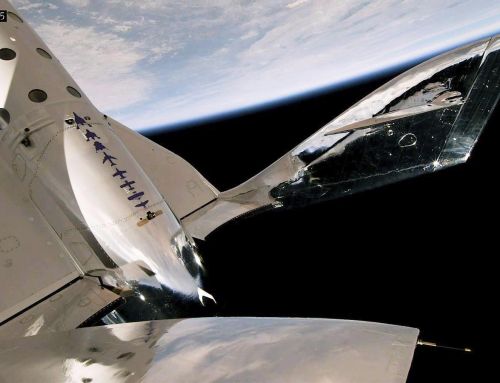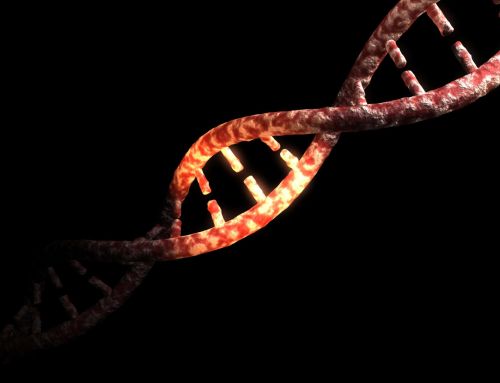An asteroid the size of a small truck will pass by Earth tonight, making one of the closest approaches to the planet ever recorded.
Asteroid 2023 BU will zoom over the southern tip of South America at about 12.27am on Friday, only 2,200 miles above the Earth’s surface.
It will be well within the orbit of the planet’s satellites, Nasa’s Jet Propulsion Laboratory (JPL) said.
Experts say there is no risk of the asteroid – estimated to be 11.5ft to 28ft across – smashing into Earth.
Even if it did, it would turn into a fireball and largely disintegrate harmlessly in the atmosphere, with some of the bigger debris potentially falling as small meteorites.
Professor Don Pollacco, from the department of physics at the University of Warwick, said: “There are still asteroids that cross the Earth’s orbit waiting to be discovered. 2023 BU is a recently discovered object supposedly the size of a small bus which must have passed by the Earth thousands of times before.
“This time it passes by only 2,200 miles from the Earth – just 10% of the distance to the moon – a celestial near miss.
“Depending on what 2023 BU is composed of it is unlikely to ever reach the Earth’s surface but instead burn up in the atmosphere as a brilliant fireball – brighter than a full moon.
A small asteroid is predicted to make one of the closest approaches by a near-Earth object ever recorded on Thursday, Jan. 26. Though it will pass within the orbit of geosynchronous satellites, there is no risk of the asteroid impacting Earth.
Details: https://t.co/UQzjedlQuK pic.twitter.com/yLk5QoFzeu
— NASA JPL (@NASAJPL) January 26, 2023
“However, there are likely many asteroids out there that remain undiscovered that could penetrate the atmosphere and hit the surface – indeed many scientists think we could be due such an event.”
The asteroid was discovered by amateur astronomer Gennadiy Borisov, from his Margo observatory in Nauchnyi, Crimea, on January 21.
Nasa’s Scout impact hazard assessment system has analysed the data and predicted the near miss.
While any asteroid in Earth’s proximity will experience a change in trajectory due to the planet’s gravity, 2023 BU will come so close that its path around the Sun is expected to be significantly altered.
Before encountering Earth, the asteroid’s orbit around the Sun was roughly circular, taking 359 days to complete its orbit about the Sun.
After its encounter, the asteroid’s orbit will be more elongated, moving it out to about halfway between Earth’s and Mars’ orbits at its farthest point from the Sun.
The asteroid will then complete one orbit every 425 days.






